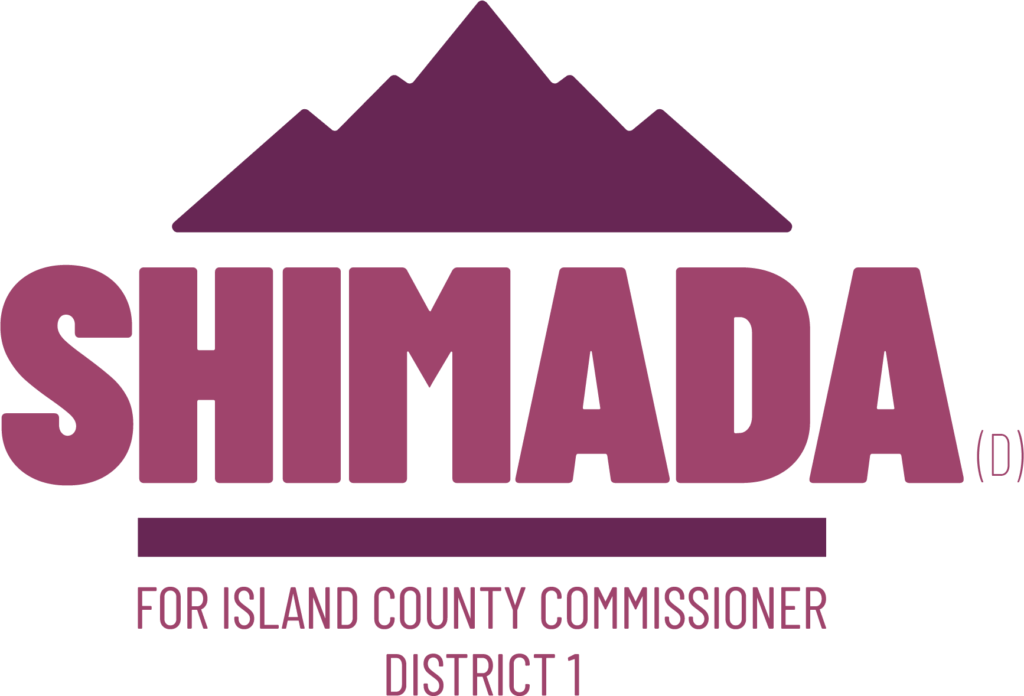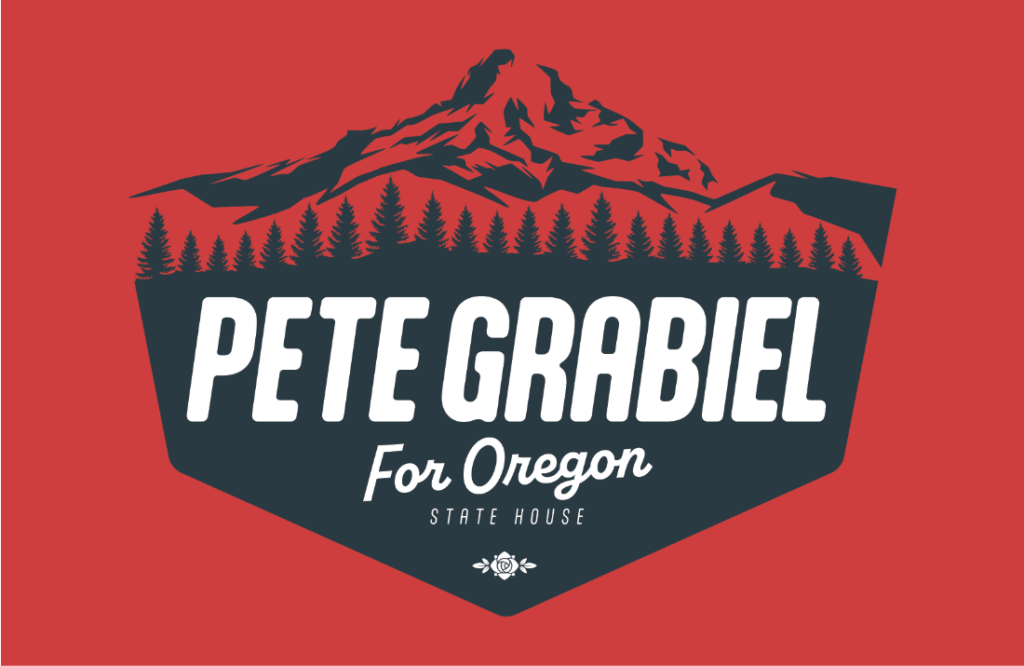What to Know Before You Logo
Campaigns in a way are brands, and essential to a brand is its mainstay visual: a logo. Having an eye-catching logo can set the tone of a candidate and stick in voters minds. We recently sat down with one of our communications designers, Eric Grant, to learn more about crafting political brands and logos, and how campaigns can break the mold with their visuals. A few of his designs are featured here.
To get started, what should we all be thinking about when creating branding for a campaign?
Eric Grant: Branding a political campaign involves much more than just a logo; it’s about creating a cohesive visual narrative that encompasses colors, photography style, iconography, and typography, each meticulously chosen to convey the candidate’s message and values. The color palette sets an emotional tone, often using patriotic hues or unique combinations for distinction and resonance with the audience. Iconography and typography play critical roles in evoking cultural associations and balancing legibility with personality. Each campaign element acts as a repetitive cue and ensures that every touchpoint with potential voters echoes the campaign’s core story and aesthetic. This holistic brand experience is crucial for capturing public attention and support in a crowded political landscape, where mindshare is essential for securing votes.
When working with a first-time candidate, what would you like to know before diving into designing their logo?
For a first-timer’s political logo, it’s all about making it simple yet memorable. Think about what looks good on everything from tiny profile pics to giant banners. Also, I like to sprinkle in a bit of local flair, maybe a nod to the community or something unique about the candidate. And let’s not get stuck on the typical red, white, and blue – there’s a whole palette out there to make your candidate stand out!

What current logo trends or motifs are you seeing? For example, it seems like after AOC’s, more campaigns utilized slants and bold, sans serif fonts.
Right now, political logos are getting a lot more personal. We’re seeing this trend where script fonts add that human touch. It’s not just about the name; the logo’s got to tell a story, maybe with a clever symbol or an unexpected graphic element. And, oh, those boxed designs are really catching on, especially with the more progressive crowd.
What should be the client’s expectations with their logo? What should they consider when using it beyond a yard sign, for example, or unconventional usage.
Clients these days want their logos to be super versatile. It’s got to pop on digital screens and still look sharp on print. We’re talking about high-quality stuff that scales up or down without losing its oomph. And sometimes, a classy monochrome version can do wonders, especially for certain types of merchandise or more subdued branding materials.
Are there any traditional logo elements that you’d like to see candidates take a break from?
I feel like it’s time to give the old stars and stripes a little rest. There are so many other ways to express identity and values. How about diving into some local culture for inspiration? Or playing with a color scheme that’s out of the ordinary? It’s all about breaking the mold and creating something fresh.
Design trends evolve, and now it’s all about sleek, minimalist logos. Gone are the days of those busy, overly detailed designs. What’s in vogue is a clean look that’s easy on the eyes but still has a strong impact. It’s like, less is more, you know?

What can we learn from corporate logos and branding that you don’t see in campaigns?
- Consistent Brand Storytelling: Political campaigns can benefit from adopting a consistent and compelling narrative that connects voters emotionally, similar to corporate brand storytelling.
- Emotional Connection and Loyalty Building: Like successful brands, political campaigns should focus on creating an emotional bond with voters to foster loyalty and support.
How do Democrat and Republican logos differ?
Democrat and Republican logos often feel like they’re from different worlds. Democrats usually lean towards more modern, even edgy designs, while Republicans tend to stick with bold, traditional looks. You’ll see more experimental fonts and graphics on the Democratic side, whereas Republicans often favor straightforward imagery.
What do you do when you have a creative block and aren’t getting the design or logo you want?
When I hit a creative block, I look beyond the political sphere for inspiration. Checking out the latest graphic design trends or what’s happening in art and pop culture can spark some fresh ideas. It’s about blending those external influences with the political messaging to create something innovative and relevant.
Thank you, Eric, for your keen eye and your time! We really appreciate the work you’ve done for us.
We hope we’ve provided more insight on this key feature of campaigns. Have any other questions or ideas you’d like to float by us? Feel free to reach out at connect@cn4partners.com.
Eric Grant is a graphic designer specializing in visual storytelling and issue advocacy design.